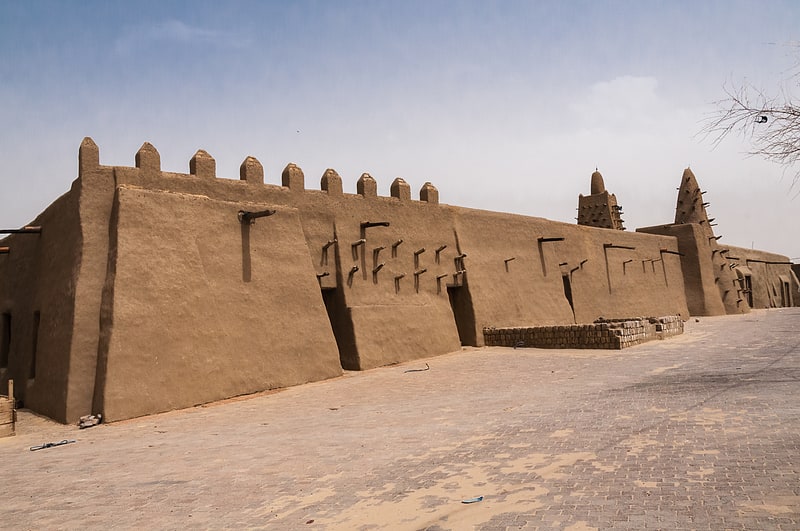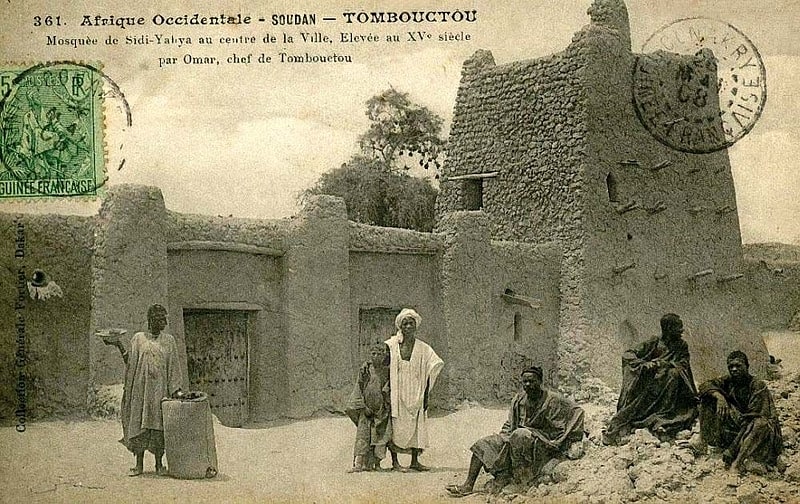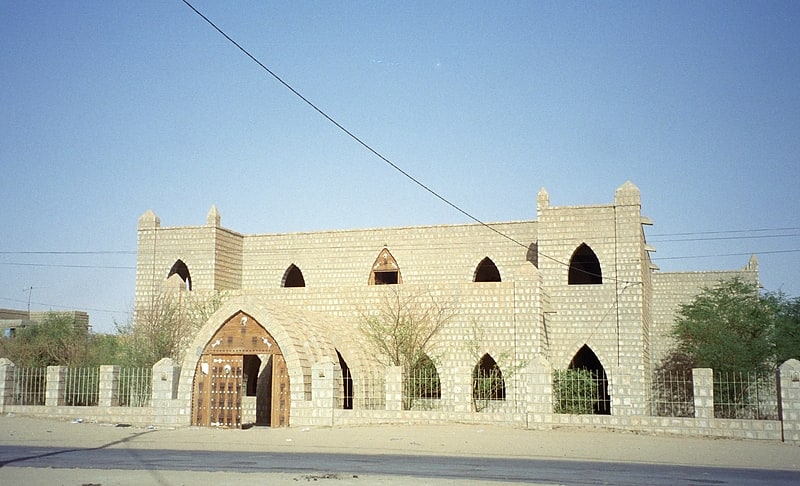Discover 4 hidden attractions, cool sights, and unusual things to do in Timbuktu (Mali). Don't miss out on these must-see attractions: Djinguereber Mosque, Sidi Yahya Mosque, and Sankore Madrasah. Also, be sure to include Ahmed Baba Institute in your itinerary.
Below, you can find the list of the most amazing places you should visit in Timbuktu (Timbuktu).
Table of Contents
Djinguereber Mosque

Also known as: Mosquée Djingareyber
Building in Timbuktu, Mali. The Djinguereber Mosque in Timbuktu, Mali is a famous learning center of Mali built in 1327, and cited as Djingareyber or Djingarey Ber in various languages. Its design is accredited to Abu Ishaq Al Saheli who was paid 200 kg of gold by Musa I of Mali, emperor of the Mali Empire. According to Ibn Khaldun, one of the best known sources for 14th century Mali, al-Sahili was given 12,000 mithkals of gold dust for his designing and building of the djinguereber in Timbuktu. But more reasoned analysis suggests that his role, if any, was quite limited. The architectural crafts in Granada had reached their zenith by the fourteenth century, and it is extremely unlikely that a cultured and wealthy poet would have had anything more than a dilettante's knowledge of the intricacies of contemporary architectural practice.
Except for a small part of the northern facade, which was reinforced in the 1960s in alhore (limestone blocks, also widely used in the rest of the town), and the minaret, also built in limestone and rendered with mud, the Djingareyber Mosque is made entirely of earth plus organic materials such as fibre, straw and wood. It has three inner courts, two minarets and twenty-five rows of pillars aligned in an east-west direction and prayer space for 2,000 people.
Djinguereber is one of four madrassas composing the University of Timbuktu. It was inscribed on the list of UNESCO World Heritage Sites in 1988, and in 1990 was considered to be in danger due to sand encroachment. A four-year project towards the restoration and rehabilitation of the Mosque began in June 2006, and is being conducted and financed by the Aga Khan Trust for Culture.
On 26 February 2010, during Mawlid (festival to mark the birth anniversary of Prophet Muhammad), a stampede at the mosque killed around 26 people and injured at least 55 others- mostly women and children.[1]
Address: Askia Mohamed Bvd, Timbuktu
Sidi Yahya Mosque

Mosque in Timbuktu, Mali. The Sidi Yahya Mosque, also known as the Mosque of Muhammad-n-Allah, is a mosque and madrasa of Timbuktu in Mali. The construction of the mosque began in 1400 under the leadership of Sheikh el-Mokhtar Hamalla of Timbuktu and was finished in 1440.
The mosque was named after its first imam, Sidi Yahya al-Tadelsi. It is part of the University of Timbuktu, which includes the madrasas of Sidi Yahya, Djinguereber and Sankore. The mosque is a typical example of earthen Sudano-Sahelian architecture but also exhibits distinctive forms of plan and ornament. Parts of the Mosque of Sidi Yahya were destroyed by Ansar Dine jihadists on 2 July 2012, following the Battle of Gao. These elements were later reconstructed under the direction of UNESCO team.[2]
Sankore Madrasah

Sankoré Madrasa is one of three ancient centers of learning located in Timbuktu, Mali. It is believed to be established by Mansa Musa, who was the ruler of the Mali Empire, though the Sankoré mosque itself was founded by an unknown Malinke patron. The three mosques of Sankoré: Sankoré, Djinguereber, and Sidi Yahya comprise the University of Timbuktu. The madrasa went through multiple periods of patronage and renovation under both the Mali Empire and the Songhai Empire until the Battle of Tondibi in 1591 led to its looting. Madrasa means school/university in Arabic and also in other languages that have been influenced by Islam.[3]
Ahmed Baba Institute

Also known as: Institut des hautes études et des recherches islamiques Ahmed Baba
Historical place in Timbuktu, Mali. The Ahmed Baba Institute, officially the Ahmed Baba Institute of Higher Learning and Islamic Research, is a library and research centre in Timbuktu. The centre was founded in 1973, with financing primarily from Kuwait. It was named after 17th-century Timbuktu scholar Ahmad Baba al Massufi.[4]